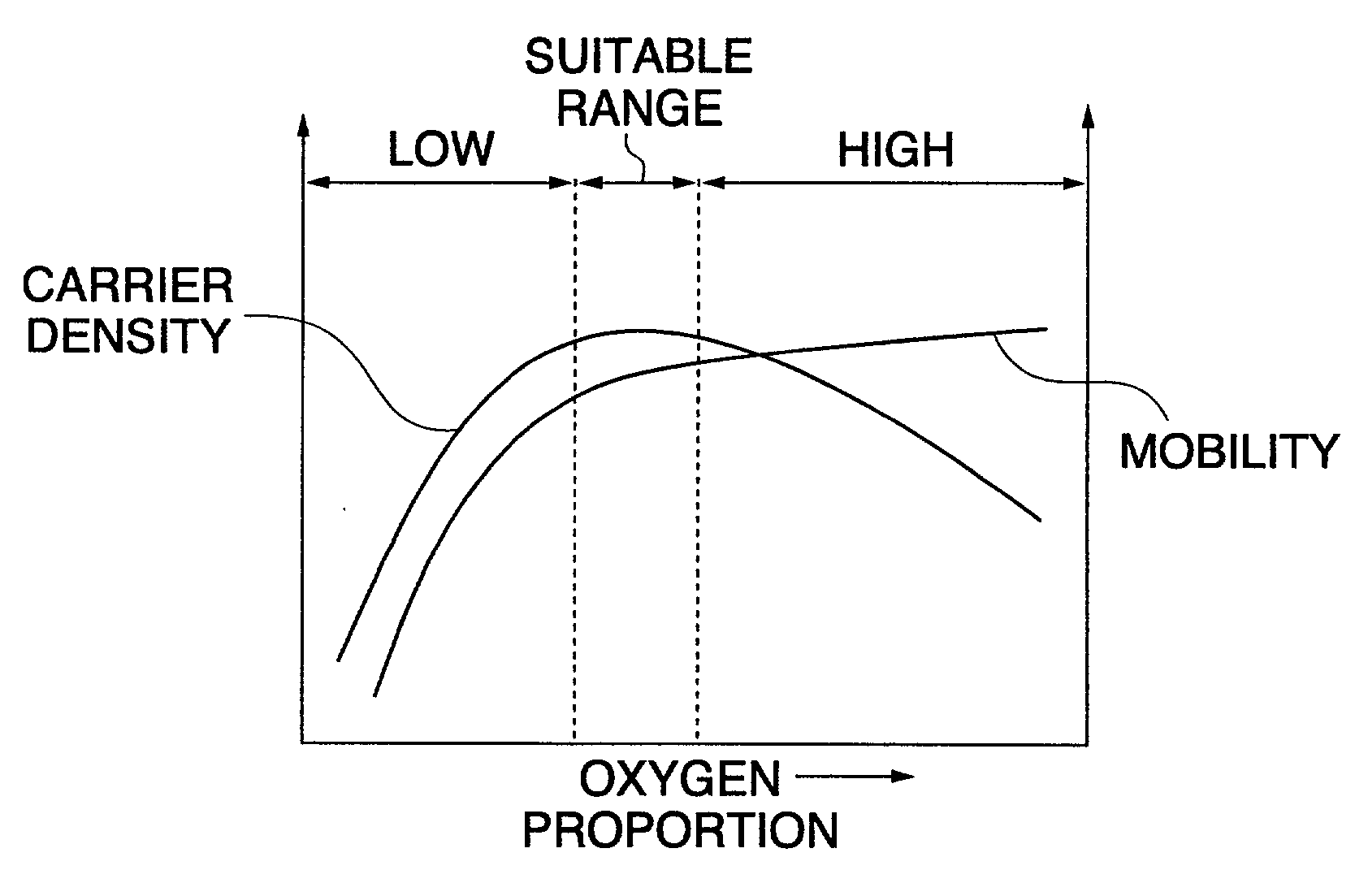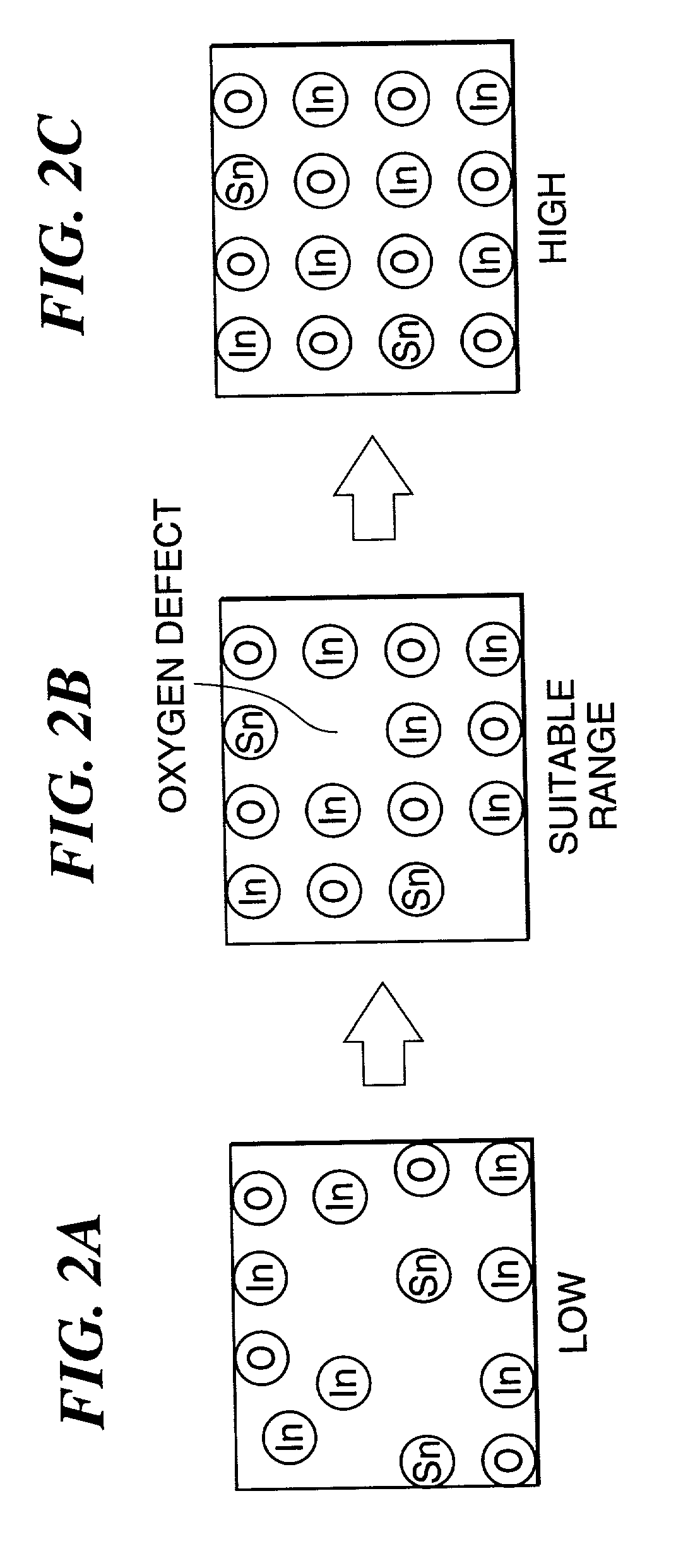Method of manufacturing substrate having transparent conductive film, substrate having transparent conductive film manufactured using the method, and touch panel using the substrate
a technology of transparent conductive film and manufacturing method, which is applied in the direction of conductive layers on insulating supports, instruments, non-metal conductors, etc., can solve the problems of surface resistance of ito film, touch panel manufactured using such a substrate will not function properly, and the same kind of discrepancy is prone to occur again
- Summary
- Abstract
- Description
- Claims
- Application Information
AI Technical Summary
Problems solved by technology
Method used
Image
Examples
Embodiment Construction
[0069] The following experiments were carried out to confirm the above findings.
[0070] A soda lime glass substrate of size 300.times.400 mm and thickness 0.7 mm having an SiO.sub.2 film of thickness about 70 nm formed on both surfaces by liquid phase deposition was used. This substrate was cleaned with a neutral detergent in a dipping type ultrasonic cleaner, and then dried using a warm current of air. The cleaned substrate was then suspended from a jig specially designed for the purpose in a cylindrical rotating body of diameter 1700 mm and height 1260 mm placed in a chamber of internal diameter 1900 mm and height 2150 mm, and an ITO film was deposited by DC magnetron sputtering. The target used was an indium oxide / tin oxide target, with the amount of tin oxide added relative to the indium oxide being 10 mass %; two such targets of size 127 mm.times.914 mm were installed in the door part of the chamber.
[0071] 1000 cm.sup.3 per minute (under standard conditions) (hereinafter referre...
PUM
| Property | Measurement | Unit |
|---|---|---|
| thickness | aaaaa | aaaaa |
| transmittance | aaaaa | aaaaa |
| temperature | aaaaa | aaaaa |
Abstract
Description
Claims
Application Information
 Login to View More
Login to View More - R&D
- Intellectual Property
- Life Sciences
- Materials
- Tech Scout
- Unparalleled Data Quality
- Higher Quality Content
- 60% Fewer Hallucinations
Browse by: Latest US Patents, China's latest patents, Technical Efficacy Thesaurus, Application Domain, Technology Topic, Popular Technical Reports.
© 2025 PatSnap. All rights reserved.Legal|Privacy policy|Modern Slavery Act Transparency Statement|Sitemap|About US| Contact US: help@patsnap.com



